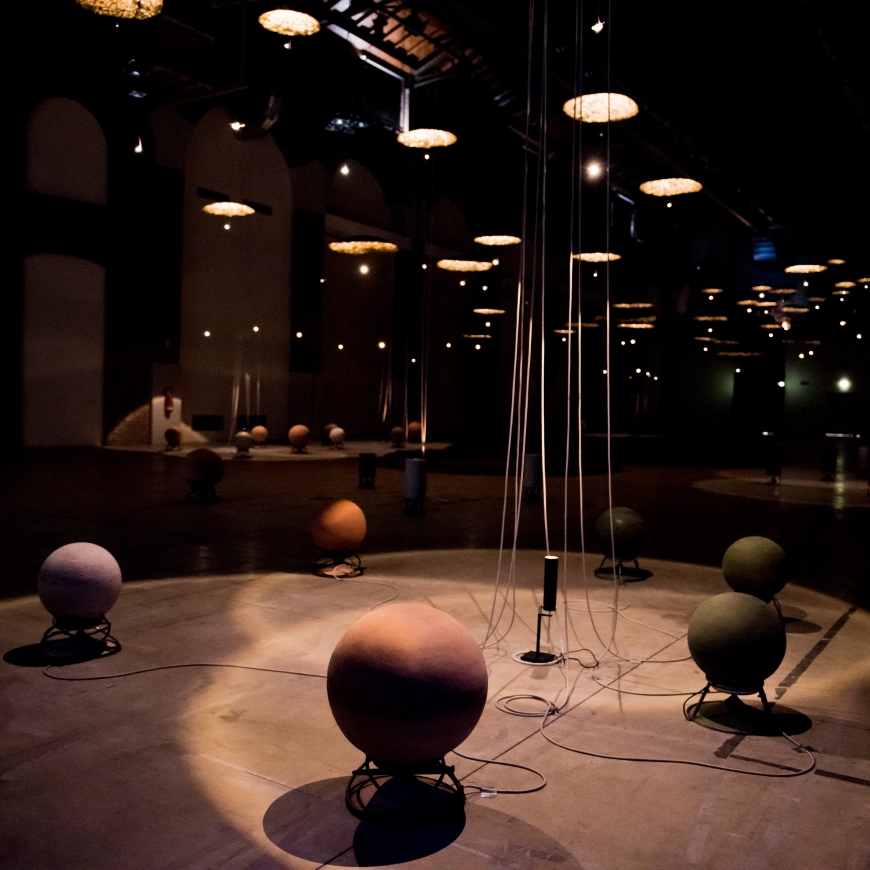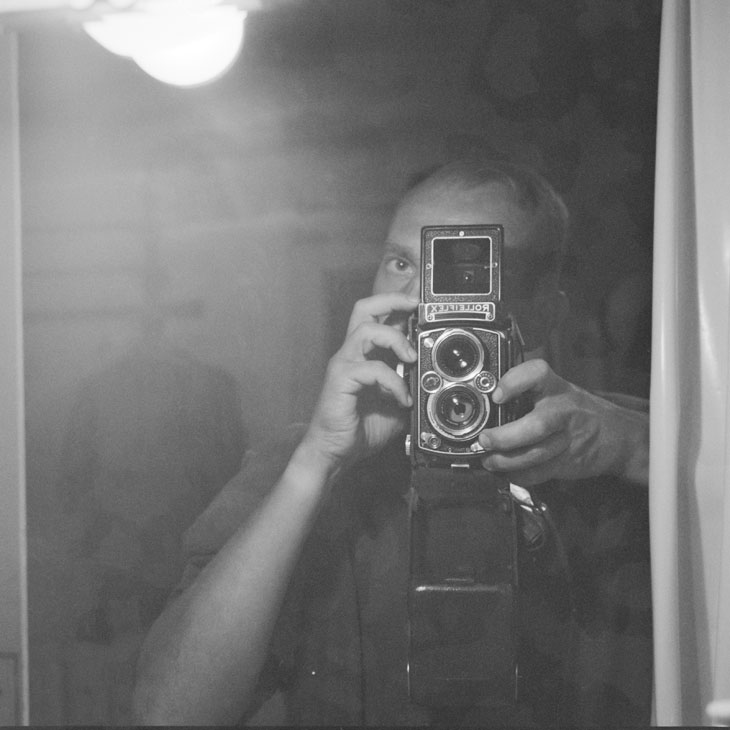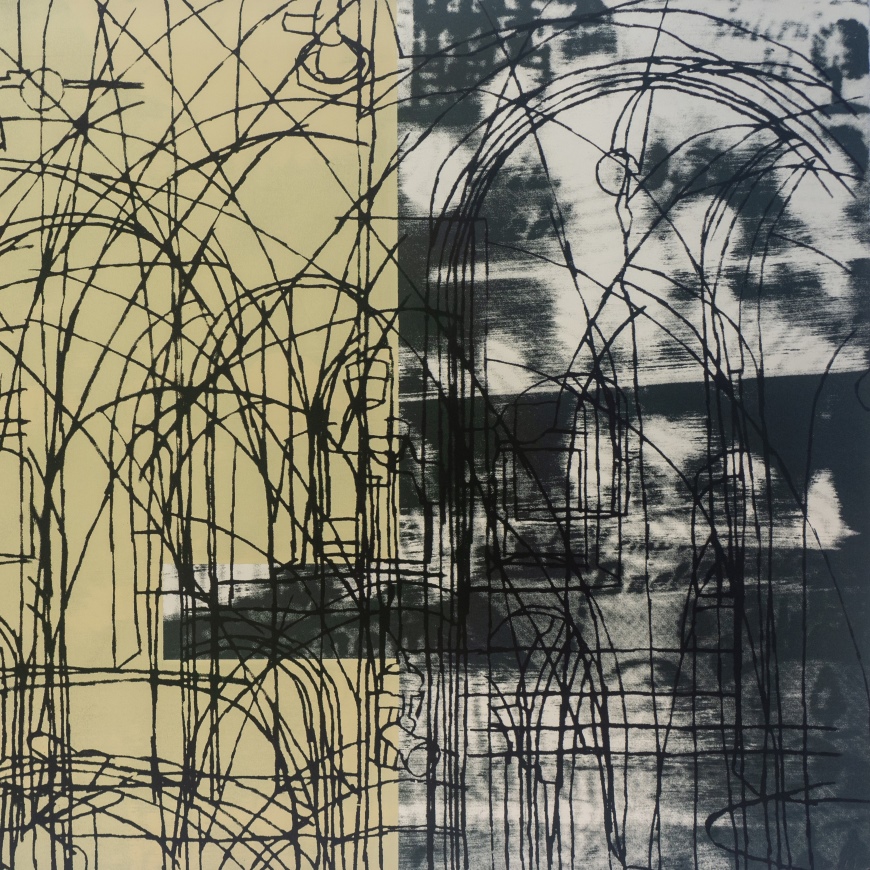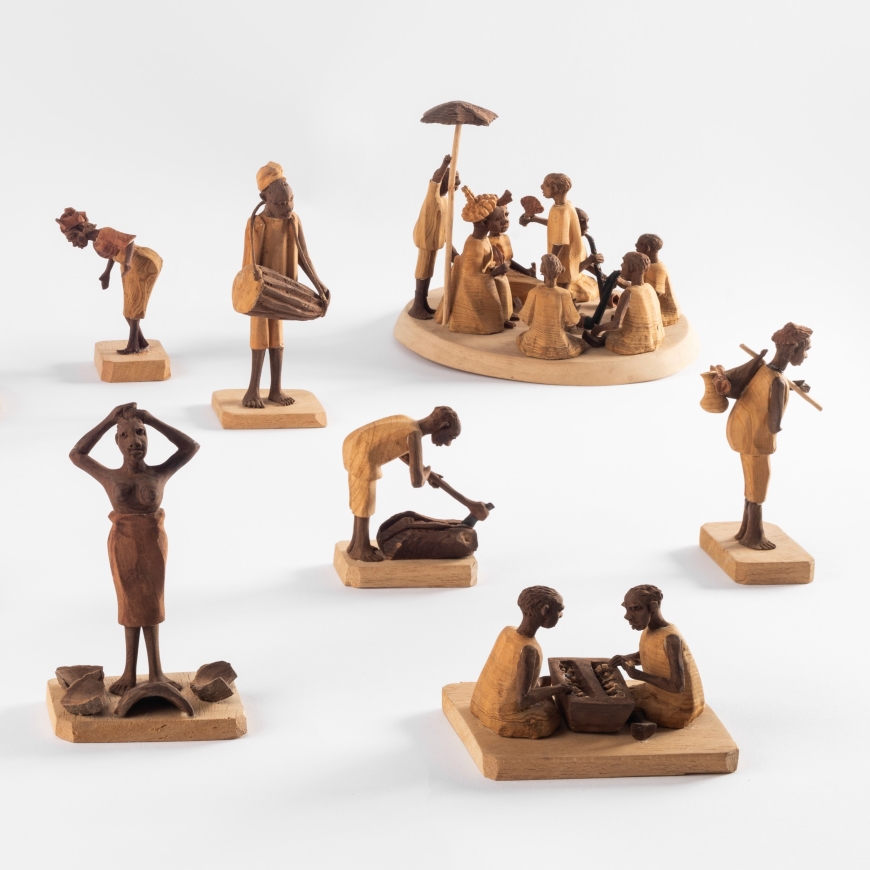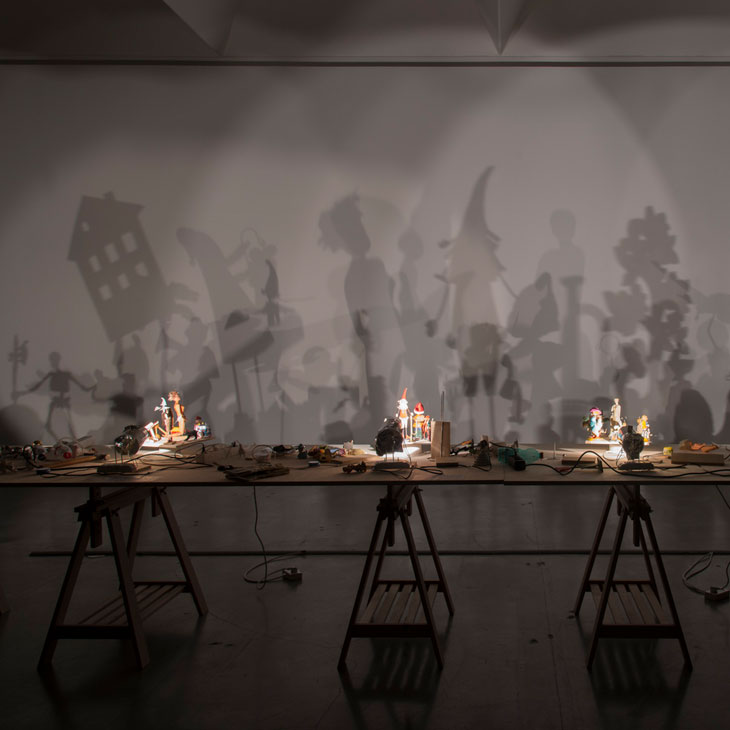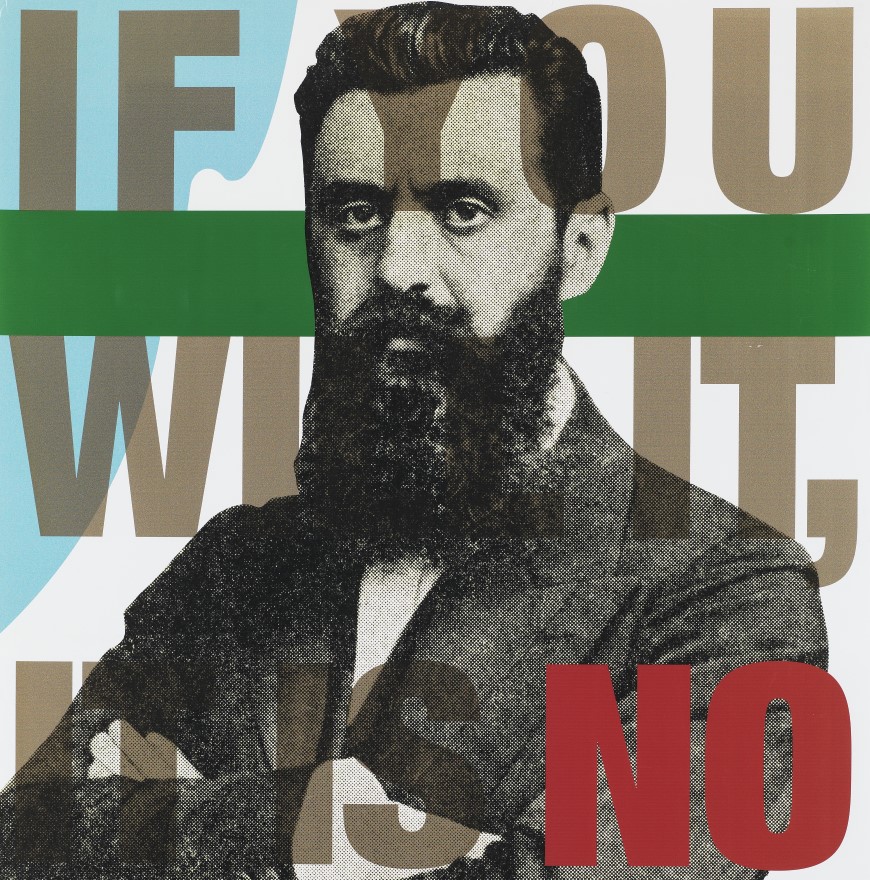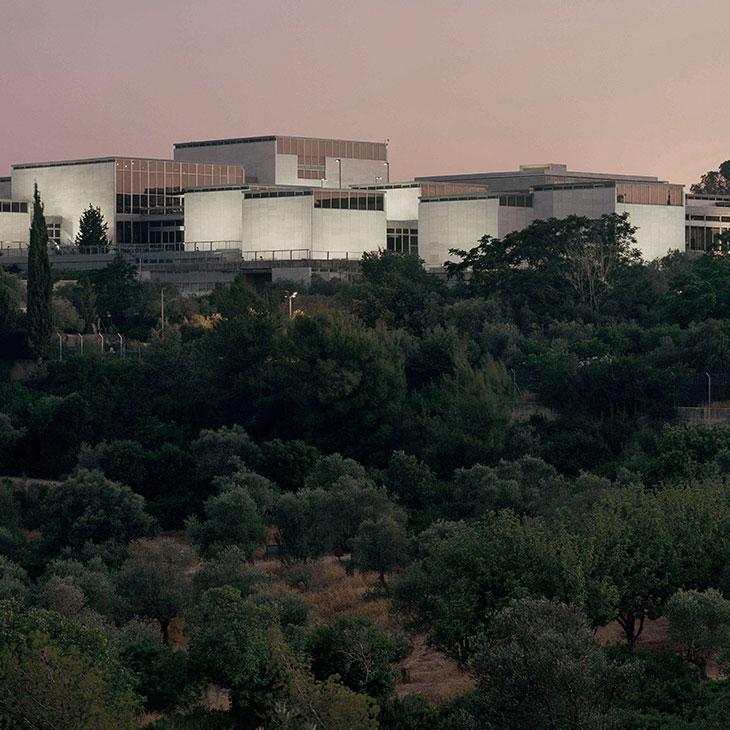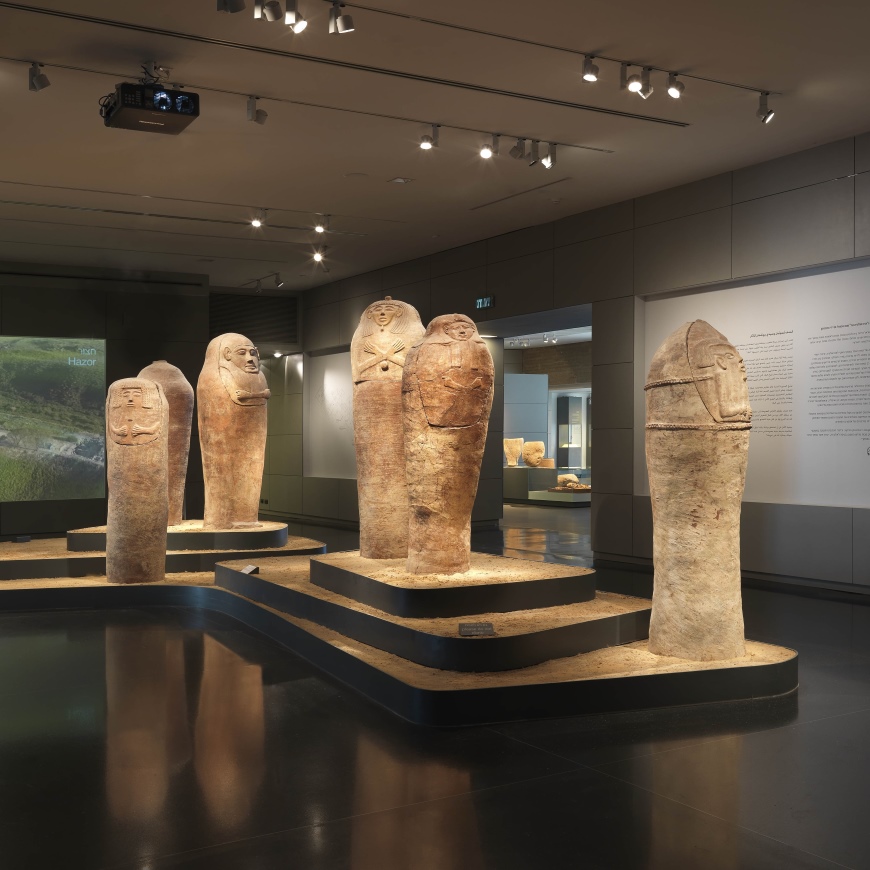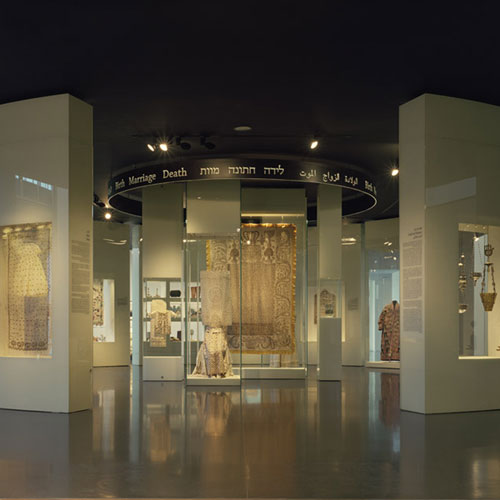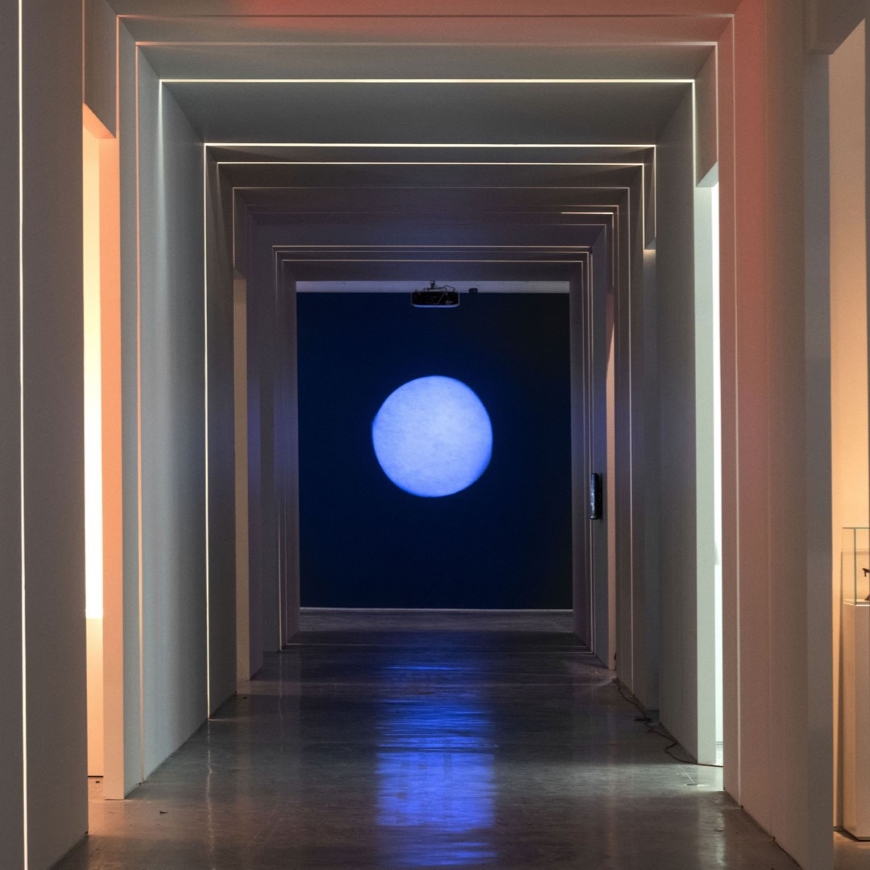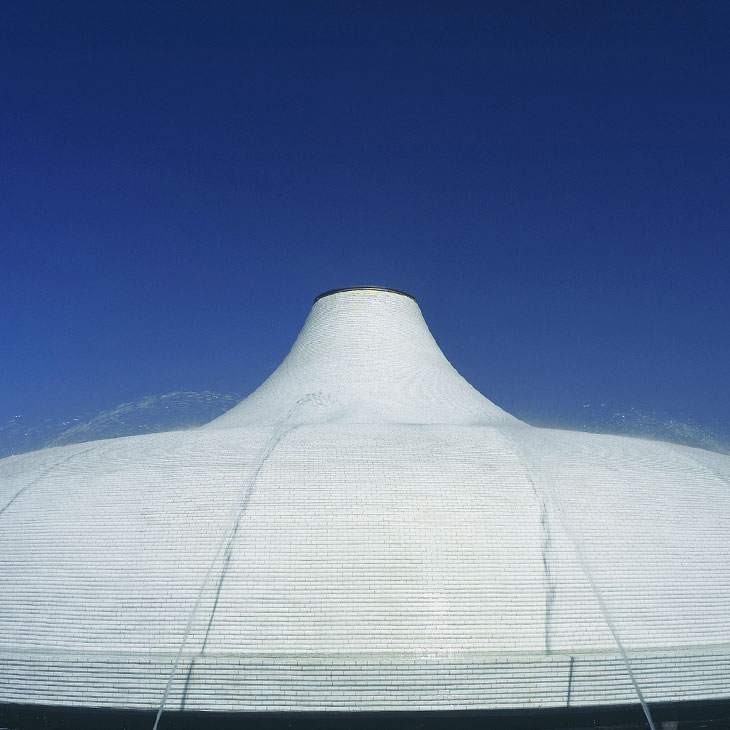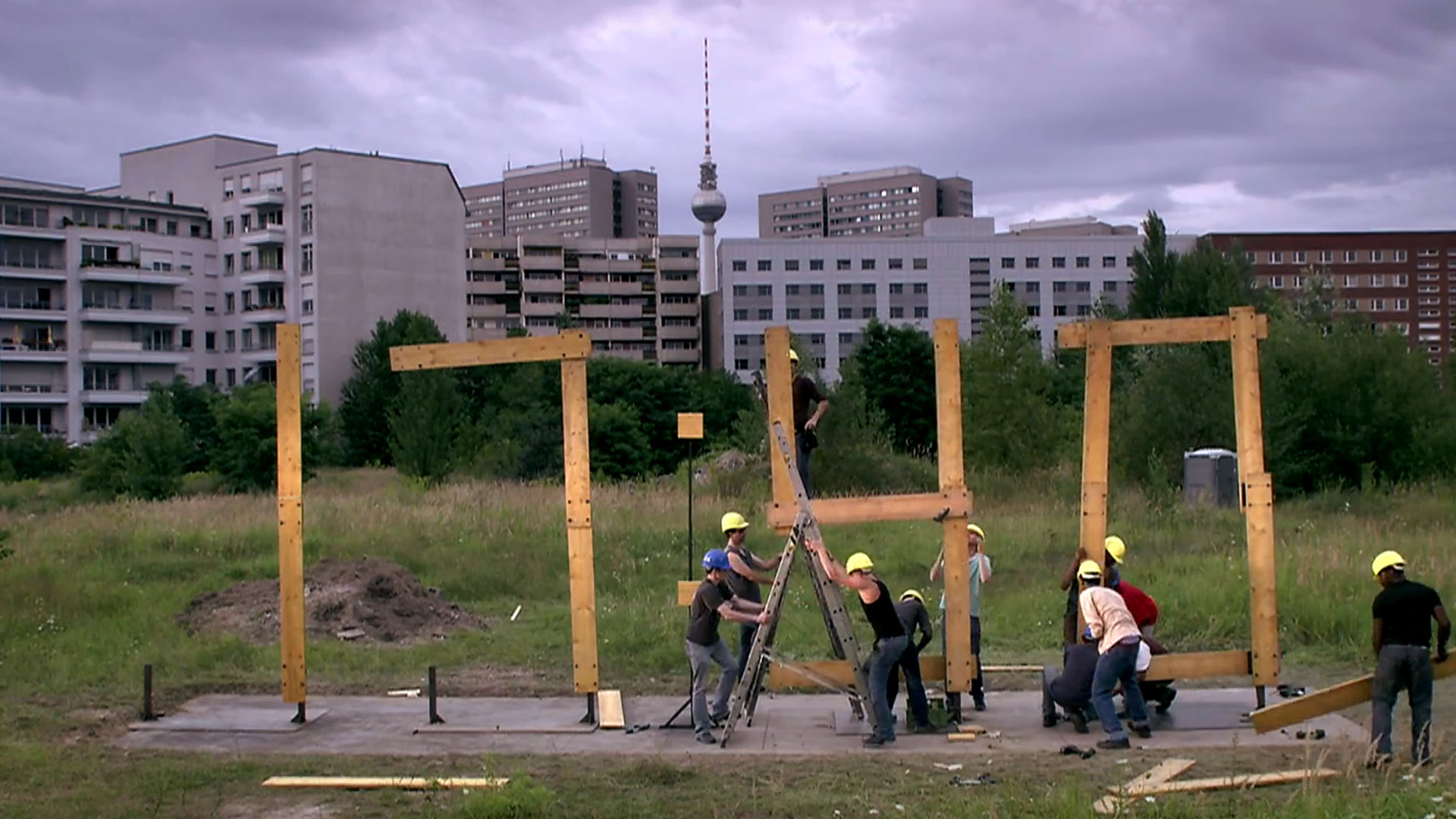
New in the Collection. Design and Architecture
Standard Time: Mark Formanek and the Datenstrudel Collective
-
June 2 2013 - December 31 2013
Curator: Osnat Sirkin
-
Synchronized video projection
- : Mark Formanek and the Datenstrudel Collective
Standard Time is a four-meter-high, twelve-meter-wide digital sculpture consisting of twenty-four wooden planks. During a twenty-four hour performance in an empty field near Alexanderplatz in Berlin, a crew of seventy-two shift workers changed the digits every minute, maintaining the accuracy of the "clock." In total, 1,611 changes were made.
With the assistance of the Berlin art collective Datenstrudel, Formanek's original performance was filmed and then programmed into a digital format that can be synchronized with the internal clock of a computer or a mobile device to serve as an "actual" digital clock.
Standard Time offers a complex interpretation of the relationship between the digital and the physical. It first converts the virtual-digital clock into a physical object operated by manual labor, and then reverses the process, reconverting the physical manmade object into a digital entity operated by a computer. A one-time real-time event is transformed into a duplicated, never-ending product.
Literally illustrating the "making of time," Standard Time also wittily reflects the "spirit of the time" (zeitgeist) in contemporary Berlin – a city that is in a constant state of physical and metaphorical rebuilding. The work addresses its experimental, free-spirited art and design scene, which is often manifested by means of urban interventions.
While time is continuously being destroyed and rebuilt on the screen, the work engages the viewer, who anxiously watches Berlin's "time workers," worried that they may not make it in time. As such, Standard Time can also be interpreted as a metaphor for modern man racing against the clock to complete his daily tasks, reminiscent of Charlie Chaplin struggling with the assembly line in his film Modern Times.
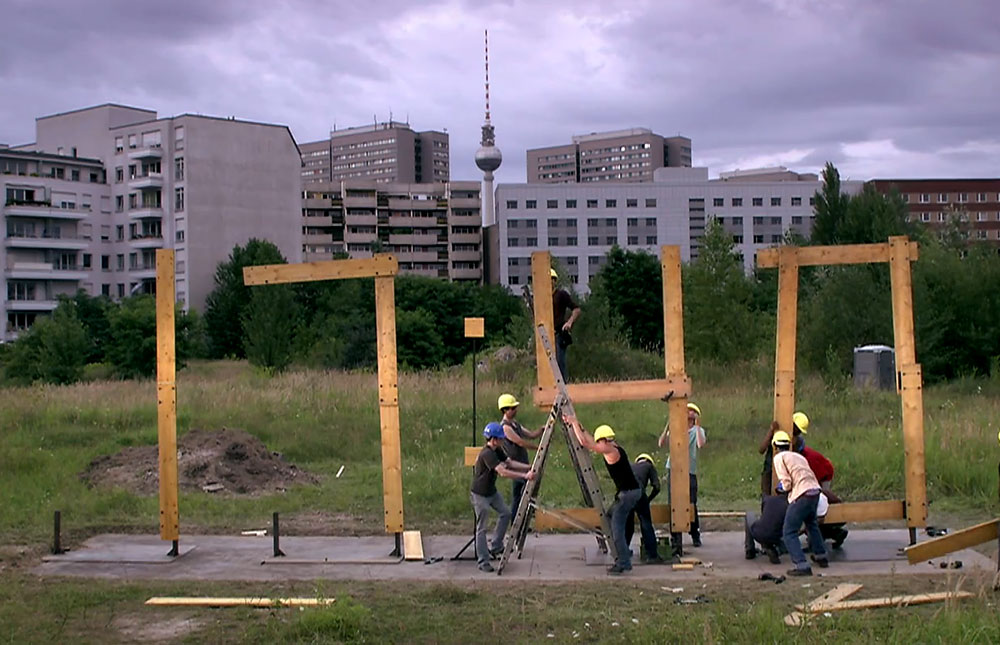
- Apr 26May 02May 03May 09May 10May 16May 17May 23May 24May 30May 31
- May 03May 10May 17May 24May 31
- Apr 21Apr 24Apr 28May 05May 08May 12May 15May 19May 22May 26May 29
- Apr 21Apr 28May 05May 12May 19May 26
- May 05May 12May 19May 26
- May 06May 13May 20May 27
- May 13May 20May 27
- May 06May 13May 20May 27
- May 15
- May 08May 15May 22May 29
- May 08May 15May 15May 22May 29
- May 08May 15May 22May 29
- Apr 24May 08May 15May 22May 29
- Apr 21Apr 24Apr 28May 05May 08May 15May 19May 22May 26May 29

